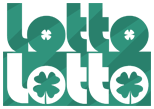Statistics for Lotomania
Statistics of real draws
Lotomania (until the draw 2857 on
Dec 3, 2025)
Quantity of prime numbers
Occurrences of prime numbers in draws
Quantity of prime numbers drawn
Actual frequency
Expected frequency
0
1
2
3
4
5
6
7
8
9
10
11
12
13
14
15
16
17
18
19
20
|
Quantity
of prime nos. drawn
|
Actual
occurrences
|
Expected
occurrences
|
Last
draw
|
Shortest
interval
|
Longest
interval
|
Current
interval
|
Average
interval
|
|
0
|
3
|
4
|
1596
|
138
|
1003
|
1261
|
532.00
|
|
1
|
39
|
38
|
2857
|
3
|
307
|
0
|
73.26
|
|
2
|
156
|
152
|
2836
|
1
|
105
|
21
|
18.18
|
|
3
|
335
|
363
|
2813
|
1
|
40
|
44
|
8.40
|
|
4
|
553
|
576
|
2851
|
1
|
37
|
6
|
5.16
|
|
5
|
636
|
645
|
2856
|
1
|
22
|
1
|
4.49
|
|
6
|
553
|
529
|
2854
|
1
|
42
|
3
|
5.16
|
|
7
|
325
|
324
|
2855
|
1
|
43
|
2
|
8.78
|
|
8
|
196
|
150
|
2853
|
1
|
87
|
4
|
14.56
|
|
9
|
44
|
53
|
2736
|
2
|
212
|
121
|
62.18
|
|
10
|
12
|
14
|
2600
|
3
|
732
|
257
|
216.67
|
|
11
|
5
|
2
|
2383
|
17
|
1238
|
474
|
476.60
|
|
12
|
|
0
|
|
|
|
|
0.00
|
|
13
|
|
0
|
|
|
|
|
0.00
|
|
14
|
|
0
|
|
|
|
|
0.00
|
|
15
|
|
0
|
|
|
|
|
0.00
|
|
16
|
|
0
|
|
|
|
|
0.00
|
|
17
|
|
0
|
|
|
|
|
0.00
|
|
18
|
|
0
|
|
|
|
|
0.00
|
|
19
|
|
0
|
|
|
|
|
0.00
|
|
20
|
|
0
|
|
|
|
|
0.00
|
- The table shows data on the occurrences of prime numbers on draws, considering all draws of lotomania (with the current matrix).
- Actual occurrences are the real total occurrences of a determined quantity of prime numbers on draws.
- Expected occurrences are the expected occurrences of a determined quantity of prime numbers on draws, according to mathematical probability.
- Last draw is the most recent draw in which occurred a determined quantity of prime numbers.
- Shortest interval is the shortest gap between draws in which occurred a determined quantity of prime numbers.
- Longest interval is the longest gap between draws in which occurred a determined quantity of prime numbers.
- Current interval is the current interval since the last draw in which occurred a determined quantity of prime numbers.
- Average interval is the general average of intervals between draws in which occurred a determined quantity of prime numbers (until the last draw in which occurred a determined quantity of prime numbers).
- The actual and expected occurrences tend to get closer to each other the largest the sample.
Main
Results
Statistics
Wheels
Subscription


